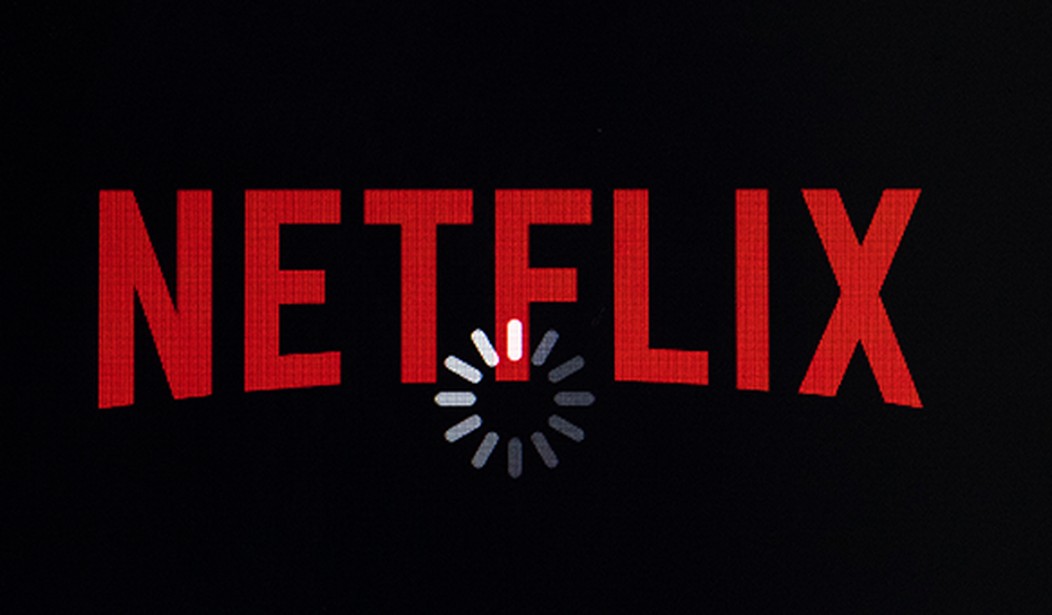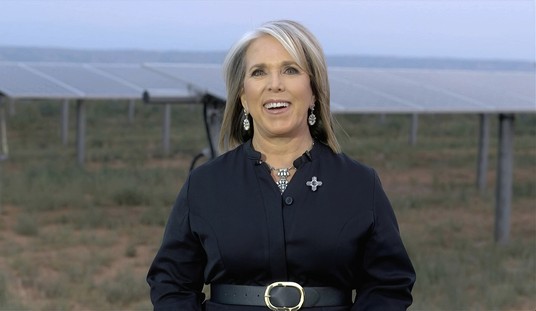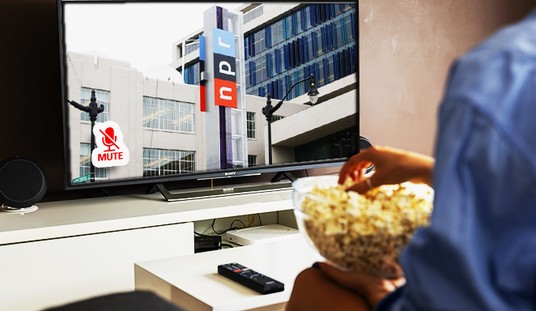A remark inside an October 2023 Bloomberg article regarding Apple’s next major update to its iPhone and iPad operating system should raise alarms despite its seemingly trivial surface appearance.
As part of the overhaul, the company will discontinue its dedicated apps on the Apple TV set-top box that let users rent and buy movies and shows. It will also remove the movie and TV show sections from the iTunes Store app on iPhones and iPads. An Apple spokeswoman declined to comment on the move.
The idea is to steer more customers toward the main TV app, which sits at the center of Apple’s expanding video strategy. There, users are able to subscribe to TV+ as well as third-party video services like Starz and Paramount+. The app already lets customers rent and buy programs, making a separate iTunes option unnecessary.
At a casual glance, this seems like no big deal if, in fact, any kind of deal. It simply channels (no pun intended) the user into doing everything through a single app while making streaming even more convenient than buying a movie or TV show, correct?
Yes. And therein lies the problem.
In any consumer-oriented enterprise, the natural tendency is gravitation toward the path of least resistance, particularly when said path extracts the least amount possible from one’s wallet. There are instances where convenience outweighs economic impact, such as using Uber Eats or variations thereof for online shopping instead of going to a store or restaurant yourself when you are perfectly capable of doing so. Of course, a clear distinction exists between food service as opposed to using an online conduit for third-party in-person shopping. Unlike sending your presumably friendly neighborhood DoorDasher out to pick up a fashionable sweater or some such item, something to eat is noticeably more mandatory for survival. This is not the issue. Where streaming hides nemesis behind its convenience-laden hubris is in the synchronized ceding of genuine content control by the consumer to the media provider and a cheapening, via devaluation of media quality, delivery, and ownership, of artistic creation.
Illustrating the first point is a story from 2009.
This morning, hundreds of Amazon Kindle owners awoke to discover that books by a certain famous author had mysteriously disappeared from their e-book readers. These were books that they had bought and paid for— thought they owned.
But no, apparently the publisher changed its mind about offering an electronic edition, and apparently Amazon, whose business lives and dies by publisher happiness, caved. It electronically deleted all books by this author from people’s Kindles and credited their accounts for the price.
The books in question? George Orwell’s “1984” and “Animal Farm.”
This was not the only instance of such happening. Also in 2009, another book suffered the same fate. You might have heard of it. A novel by Ayn Rand named “Atlas Shrugged.” The only surprise that these “happened” to be the titles involved is that Amazon didn’t figure out a way of including “The Federalist Papers,” “The Wealth of Nations,” “Economics in One Lesson,” and “The Road to Serfdom” in its digital purge. Snark aside, while there were legitimate copyright and publisher preference concerns with the deleted titles, the ones in question suffering such a fate as opposed to, say, “The Audacity of Hope” is a far more convenient scenario for the progressive mindset than, say, using DoorDash when you don’t feel like making a fast food drive-through window run.
With digital material ownership far less prevalent now than in the genre’s earlier days, it is even easier for content providers to pull the plug. Oh, wait, did you like that movie or TV show you watched on Netflix or a variation thereof a couple of weeks ago and want to watch it again? Sorry, we’ve pulled it offline. It wasn’t generating sufficient revenue. Or it didn’t say whatever we felt like emphasizing. Same difference.
The other issue with streaming is how the medium itself cheapens the perception of its content’s value. Once upon a time, if you wanted to have a copy of a recording, be it audio or visual, in almost all cases, you had to buy the recording. Be it an album or CD for music, or a VHS or DVD for movies and television, there was a tangible physical presence required and an investment in same. It is human nature to place value on physical items paid for through funds personally earned. There is an appreciation of that which demands an investment of time and labor to acquire.
Using Spotify to stream this week’s pop rave fave through a pair of Beats earbuds doesn’t compare to the immersive experience of listening to a CD or vinyl of the same pop rave fave, let alone something with more enduring artistic quality, on a decent stereo. Not only is the sound quality greatly diminished, but the immersive experience of a physical product is absent. There is no album cover artwork to study, no liner notes or lyrics to read. There is no sharing the experience with others. Taking this into the visual realm, gathering family or friends together to watch a movie or show with everyone huddled around your Android while blasting out the soundtrack on a phone’s speaker somehow lacks appeal.
In a world of ever-increasing madness, the arts become ever more vital as we strive to maintain our humanity and get things at least partially back on course. Handing over ownership of media content to third parties who do not share your values is ill-advised at best. In addition to supporting independent artists, insist on owning what you value in formats that content issuers cannot delete. Do not permit anyone to enact a digital Fahrenheit 451 in your library.













Join the conversation as a VIP Member